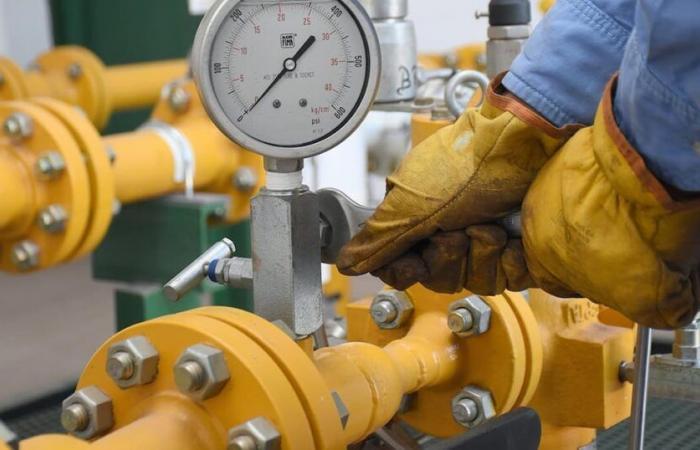Sinsacate is a small town of 2,620 inhabitants, according to Census 2022, but with some numbers that are surprising.
Only for labor and study reasons, more than two thousand people who come and go from the city are mobilized daily. Many work in the huge commercial and industrial corridor that extends on Route 9 North, and others choose to send their children to the schools offered by the people.
By 2025, it has an annual budget of 6,600 million pesos, 20.6% of the budget foreseen by neighboring Jesús María -32,000 million-, which has 93% more population.
There are currently more than 160 industries, shops, SMEs and small workshops that extend over the aforementioned commercial corridor, with a development that is demanding more infrastructure.
That is why, in February 2024, Mayor Carlos Ciprián summoned real estate entrepreneurs and developmentalists, and told them that the only way to carry out the natural gas pressurization work was “putting money.”
More news from Jesús María, Caroya and Sinsacate
That was the phrase that the communal chief used at that time, who first did not have everyone’s consensus, but, little by little, the idea was forged.
It is estimated that the work will cost between one thousand and 1200 million pesos, since the price of materials is what is most varying with the country’s economic fluctuations.
This week, Governor Martín Llaryora visited Sinsacate and, from the helicopter, took dimension of the enormous expansion of the industrial corridor.
Not only did he commit to a contribution of 500 million pesos for the gas work, but also said that the province will grant the same tax exemptions that industrial parks tell all the ventures that decide to settle there.
“I want Sinsacate to take the flight that deserves,” the governor threw in his speech, during his visit to a city governed by a radical.
The work
As projected, Sinsacate needs a natural gas pressure reduction plant, in order to extend the gas pipeline that reaches the city of Jesús María, distant at about 4 kilometers.
It will be installed 250 meters from the main access to the town, on Route 9 North, and from there the secondary network will begin to spread.
Ciprián explained that a gas pipelines must be built with 6 -inch pipes to be able to arrive with the pressure of 16 kilo necessary bars and then apply the reduction to 4 “kilos” in the other branches.
For many companies this will imply breaking the productive roof they have today and this could result in the generation of more labor sources.
On the other hand, for the developmentists, who are building private neighborhoods, the basic infrastructure conditions offered to their potential clients would greatly improve.
Ciprián knows that it will not be an easy path, but he was convinced to be able to achieve this work, which will be historical for the city.






